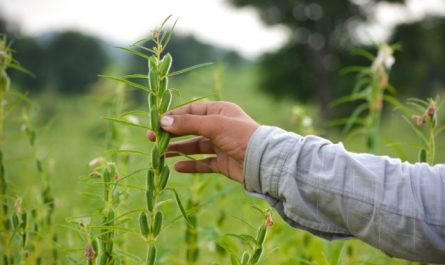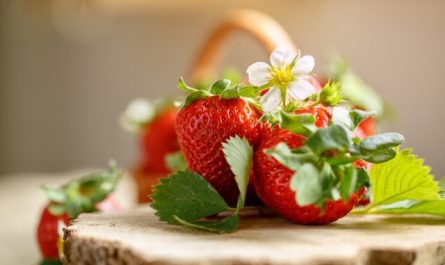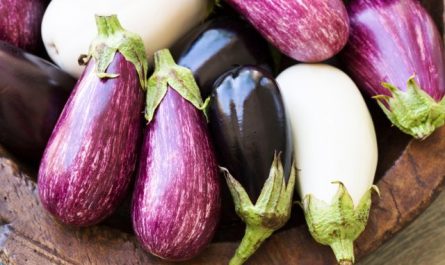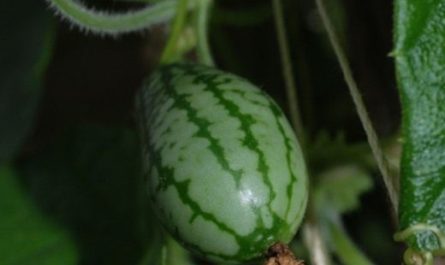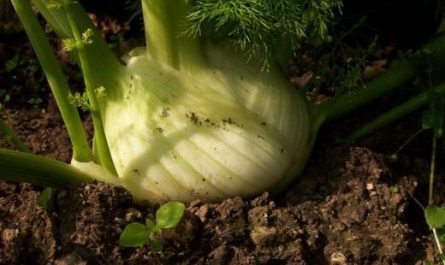Gooseberry, agresst… The berries of this plant are very popular. In fact, these are the first spring berries. They contain sugar, ascorbic acid, folic acid and pectin substances. Gooseberry also contains organic acids – malic, oxalic, succinic, as well as mineral salts, tannins.

© neurovelho
Gooseberries are widely used for preventive and therapeutic purposes. Fresh gooseberries are used for kidney diseases, bladder inflammation, and as a diuretic. The berries are recommended for digestive tract diseases and chronic constipation. Gooseberries are used for metabolic disorders, excess body weight, skin diseases, and to strengthen the walls of blood vessels. Gooseberries are contraindicated for diabetes.

What can be made from gooseberries so that it is both tasty and brings the greatest benefit? First of all, these are gooseberry juices, and so that the juice is not too sour and spicy, you can add more delicate juices to it (for example, from strawberries or wild strawberries).
Gooseberry jelly is very useful. It is prepared as follows. Gooseberries are sorted, leaving clean fruits, washed in cold water, filled with hot water and boiled. Boiling time is 7-10 minutes. The finished broth is poured into another vessel. The cooked fruits are thoroughly kneaded. If an almost homogeneous mass has formed, then the broth is added, brought to a boil, filtered through a sieve, the fruits are rubbed. The rubbed mass is mixed with the broth. Sugar, citric acid are added to the prepared mass and heated again to a boil. Starch diluted in water is added and the finished jelly is cooled.
The ratio should be as follows: argus – 100 g, starch – 40 g, sugar – 100 g, citric acid – 1 g.

© Rasbak









